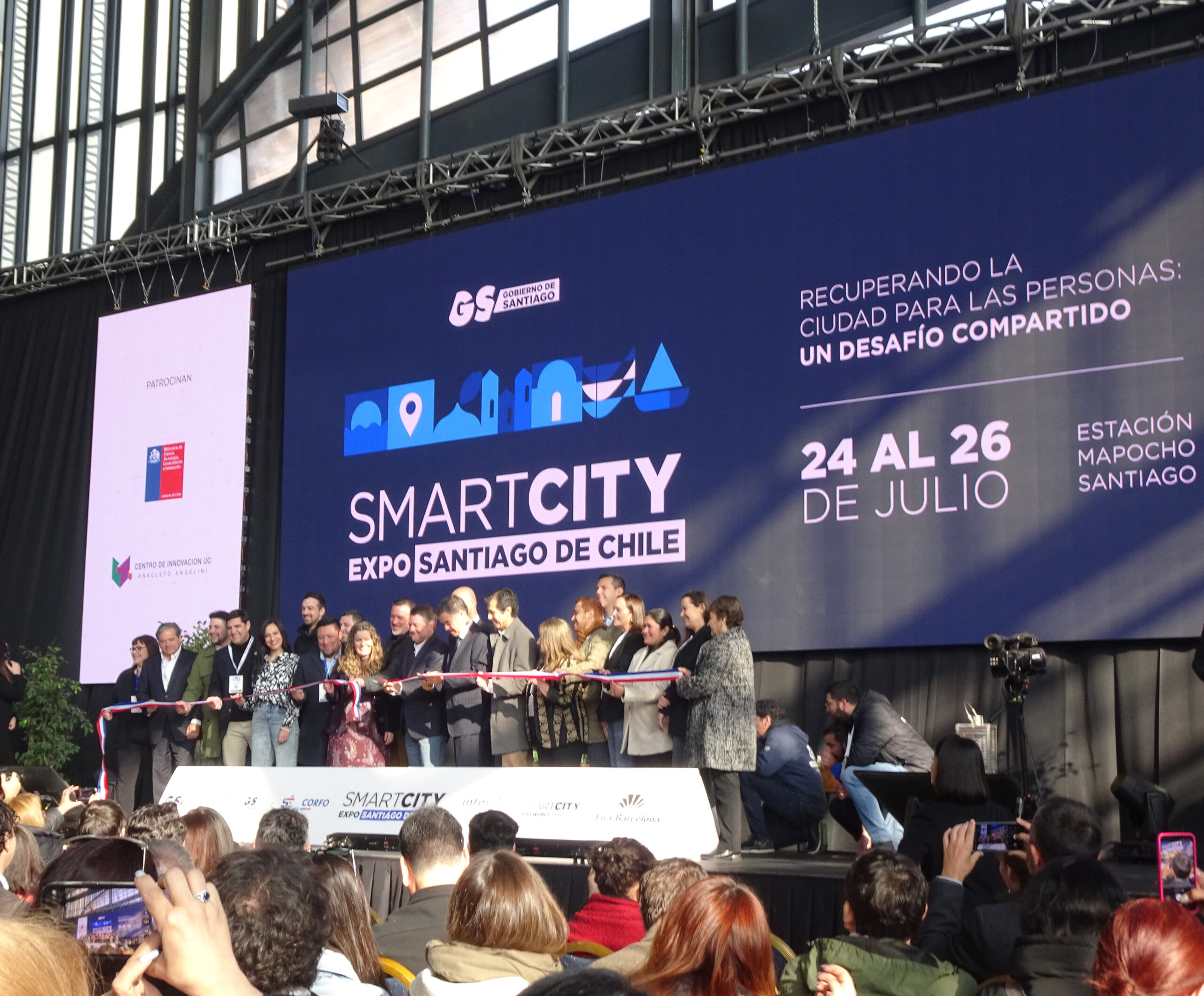Micromobility refers to a range of transportation services suitable for short-distance travel within a city. These services are designed to be compact, efficient, and eco-friendly. E-scooters, shared bicycles, or other small vehicles (electric bikes, mopeds, or small electric cars) are part of the micromobility services provided by cities, which have great benefits such as reducing dependence on cars and the impact on the environment.
In 2022, transportation produced 8 billion cubic metric tons of carbon dioxide equivalent (GtCO2e)*, accounting for approximately 14% of global greenhouse gas emissions. Road vehicles are the primary cause of transportation emissions, contributing 12% of total global greenhouse gas emissions.
Some key strategies must be considered, including behavioral changes that promote active mobility, prioritizing walking and cycling as sustainable alternatives and reducing reliance on cars, and adopting integrated urban planning strategies that consider land use, transportation, and environmental factors. Implement zoning regulations that encourage mixed-use development and reduce the need for long commutes.
The United Nations Environmental Program is contributing to a more sustainable future in the transportation sector in cities, aiming to decarbonize transport, promoting mobility, and advancing electric mobility, through a collaborative effort with international organizations, private sector, and academia, aiming to support the shift to electric mobility, especially in low and middle-income countries.
Protected bike lanes in Buenos Aires
Since 2009, the City of Buenos Aires has actively worked to promote sustainable micromobility building a network of protected bike lanes that today reaches 300 kilometers. Back then, only 0.4% of trips were made by bicycle, but today that figure has risen to 7%. More than 400,000 trips are made every day by people of all ages travelling to study, work or leisure; they have a safer infrastructure that connects them from the moment they leave their point of departure to the point of arrival.
Today, the city has a network of protected bicycle lanes, which are “dedicated bike lanes” that are physically separated from other vehicle traffic, generally located on the left side of the street in both directions. Additionally, there are bike lanes throughout the 48 neighborhoods, allowing people to safely bike across the city.
Streets with shared spaces for bicycle lanes in the Autonomous City of Buenos Aires. Aerial view and cross-section. (Illustration: HG)
Safety as a priority
A protected and integrated network is important because international experience shows that drivers do not respect coexistence or priority lanes, which can create dangerous or unsafe situations for cyclists. Furthermore, the network has been specially designed to integrate different strategic points of the city, such as interchange centers, universities, schools and hospitals, and to allow interconnection with other modes of transport.
Dedicated bicycle lane, Autonomous City of Buenos Aires. (Photo: HG)
Bike-sharing
Ecobici is the Public Bicycle Transportation System of the City of Buenos Aires, which has automatic stations so that you can travel by bike 24 hours a day, every day of the year. There are more than 300 bike-sharing docks in the 15 communes of Buenos Aires, used by more than 600,000 cyclists. The objective is to deploy multiple docked stations at key connection points (railway stations, bus stops) and at main facilities, whether existing commercial areas or new proposals.
Integration of micromobility into urban landscape, BA Ecobici bike-sharing station, Autonomous City of Buenos Aires. (Photo: HG)
Bike stations with automatic technology can cover more communities and meet user needs by installing new infrastructure, incorporating more bicycles, and speeding up the pick-up and return process. The service operates 24 hours a day, seven days a week and it is very easy to register through the BA Ecobici app by Tembici.
Prioritize micromobility and pedestrian-friendly pathways, integrating micromobility services, such as bike-sharing, is a convenient alternative for short distance trips. They promote sustainable transport and reduce reliance on private cars.
(*) Carbon Dioxide Equivalent (CO₂e) represents the number of metric tons of CO₂ emissions that have the same global warming potential as one metric ton of another greenhouse gas; it standardizes different greenhouse gases by expressing their impact in terms of CO₂.
Resources
Transportation emissions worldwide-Statistics & facts. Transportation emissions worldwide – statistics & facts | Statista
Urban Mobility | UNEP – UN Environment Programme
Pedal the City | Buenos Aires City – Government of the Autonomous City of Buenos Aires



